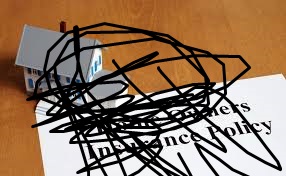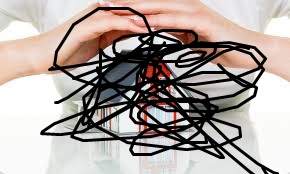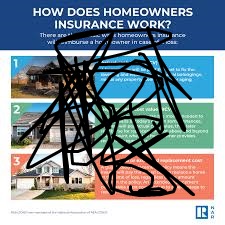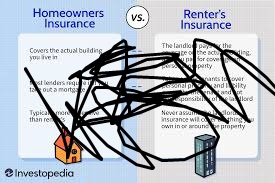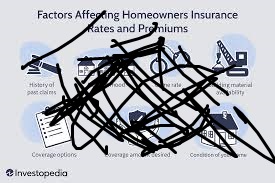Although homeowners insurance typically provides liability coverage in the case of accidental or intentional injuries on the premises, limitations to this cover are present, too.
Some of these activities or circumstances can be named specifically, and their identification failure can result in claims being rejected or having to pay more money than expected.
Some examples include risk of conducting business at home without the knowledge of the insurer, renting a section of your home or pets with a high risk profile such as exotic animals that can nullify the liability cover in the event of accidents.
Also, the deliberate or accidental destruction, claims of fraud, or crimes perpetrated by the homeowner or the residents are nearly always excluded.
There are also some policies that can limit the coverage of certain recreational activities or specific equipment on the property.
They can be addressed by ensuring that more of a homeowner becomes aware of these exclusions so that they can make better decisions on further coverage (business, umbrella or more specific liability endorsements) to cover those losses which individual lifestyle choices or property use contributes to.
When examined appropriately, these exclusions will give the greatest benefits to homeowners through the inclusion of an insurance policy with no future shock and will also emphasize the value of communicating with insurance companies about property use, activity and risk.
How to Choose the Right Homeowners Insurance
One of the most critical and significant decisions that a homeowner can arrive at is the choice of homeowners insurance policy.
Not only does a strong and well-rounded insurance plan help in covering damages, but it also offers financial coverage against unforeseen and usually expensive incidents like fires, storms, theft, natural catastrophes, water damages, or lawsuits due to accidents happening on your premises.
Along with the financial security, a proper policy may offer peace of mind as homeowners can be sure that the largest investment they make – their home – is protected.
The correct decision can only be made after conducting a proper research, comparing various policies offered by various insurers, understanding the coverage plans, deductibles, exclusions, limits, and policy terms.
Each point counts, as coverage lapses can expose homeowners to liability in case of emergency, whilst the opposite is also true since too much coverage can lead to unnecessary premiums.
Thoughtful planning and decision-making ensures that you not only meet the legal requirements and the terms of the mortgage lenders, but you also receive the insurance that best suits your needs and lifestyle.

